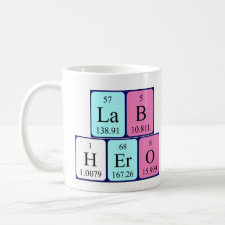
Authors: Ghorani B, Tucker N, Yoshikawa M
Article Title: Approaches for the assembly of molecularly imprinted electrospun nanofibre membranes and consequent use in selected target recognition.
Publication date: 2015
Journal: Food Research International
Volume: 78
Page numbers: 448-464.
DOI: 10.1016/j.foodres.2015.11.014
Alternative URL: http://www.sciencedirect.com/science/article/pii/S0963996915302520
Abstract: Molecular recognition plays an indispensable role in nature for the recognition of antibodies, enzymes and nucleic acids. Biomimetic fibrous non-woven materials are being developed to act as highly sensitive and selective artificial receptors based on molecular recognition sites in the constituent fibres. Molecular imprinting technologies (MITs) with specific recognition abilities are currently being developed to produce versatile materials for the recognition of diverse species in various applications, but specifically in membrane separation to express permselectivity. Conventionally, the production of molecularly imprinted polymers (MIPs) involves introducing binding sites where highly cross-linked copolymers are formed around the analyte molecules that act as cavity-creating templates. Subsequent removal of the template molecule provides recognition sites in the polymer that ideally resemble the template in terms of shape, size and functionality. Rebinding of the target molecule within these pre-formed sites can occur when the polymer is incubated in the presence of the template molecule. However, removing of template after polymerization is difficult because cross-linked polymer materials tend to be insoluble. This review paper describes work on new non-covalent molecular imprinting technologies applied to fibrous materials and electrospun fibres that are suitable for selected target recognition. This method has the potential of becoming a tool for producing truly simple, rapid and robust receptors on membranes of the type in regular use in the food industry, making the in-process simultaneous removal of undesirable co-product chemicals and microbial toxins a commercial possibility
Template and target information: Review - MIPs in electrospun nanofibre membranes
Author keywords: molecular imprinting, membrane, electrospinning, Nanofibres, Food contaminates, molecular recognition



Join the Society for Molecular Imprinting

New items RSS feed
Sign-up for e-mail updates:
Choose between receiving an occasional newsletter or more frequent e-mail alerts.
Click here to go to the sign-up page.
Is your name elemental or peptidic? Enter your name and find out by clicking either of the buttons below!
Other products you may like:
 MIPdatabase
MIPdatabase









